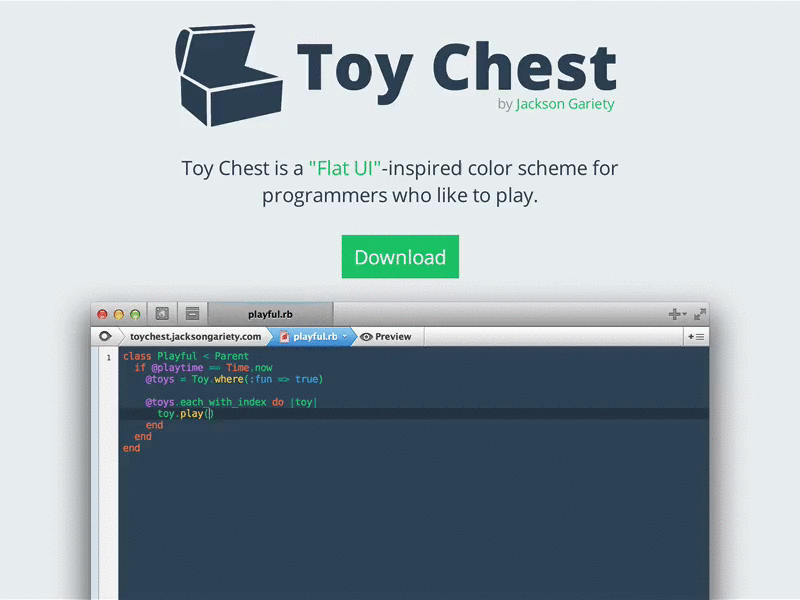

Struts 2 comes with three built-in themes − Sr.NoĪ minimal theme with no "bells and whistles".
#CODA 2 HTML TEMPLATE CODE#
When you use a Struts 2 tag such as, etc in your web page, the Struts 2 framework generates HTML code with a preconfigured style and layout. I would also suggest going through the Struts2 Localization chapter because we will take same example once again to perform our excercise. al Coda in measure four, returning to the sign in measure three, playing to the coda sign at the end of the measure, then jumping to the coda.Before starting actual tutorial for this chapter, let us look into few definition as given by − Sr.NoĪ small piece of code executed from within JSP, FreeMarker, or Velocity.Ī bit of code, usually written in FreeMarker, that can be rendered by certain tags (HTML tags).Ī collection of templates packaged together to provide common functionality. The following example is played by playing until the D.S. al Coda in the fourth measure, return to the beginning, play to the coda sign in measure two, then skip to the coda: Dal Segno al Coda In the following example, you would play until the D.C. The word 'Coda' may also appear with the sign. The coda is on a separate line from the rest of the music and will have a coda sign above the music. The sign may be accompanied by text like 'To Coda', but this isn't always the case. This indicates that you return to either the beginning of the piece or the dal segno sign and play until you see the coda sign. are often used with the Italian phrase 'al Coda' (to the coda). The CodaĪ coda is a closing section of a piece a music that is notated separately from the main part of the work. al Fine, going back to the sign in measure two, and ending in measure three where you see Fine.

The following example is performed by playing until you see D.S. al Fine indicates to go back to the sign and play until you see Fine. al Fine and play from the beginning, stopping when you see Fine in the second measure. In the following example, you would play until you see D.C.

al Fine means to go back to the beginning and play until you see Fine.

are often used with the term Italian term Fine (meaning 'the end'). The symbol for this sign is shown below: D.C. When you see this, you should go back to where the sign appears in the music and play from there. This will generally be abbreviated as D.S. or Dal Segnoĭal segno is an Italian term meaning 'from the sign'. When you see this, you should return to the beginning of the song and play from there. or Da Capoĭa capo is an Italian term meaning 'from the beginning'. For example, if you see 1-3, that means to play that section for the first through third endings. This indicates that the section of music should be played for several endings in a row. This indicates that a particular ending is to be used multiple times and which section of music should be repeated for which ending. Each ending will be notated separately with its own bracket and number. This is similar to how first and second endings are notated. These may be notated in several ways: Separate Endings Here is an example of a first and second ending:Īdditional endings beyond the second ending are possible. They are notated with a bracket above the music with a number in the bracket indicating which ending it is. First and Second Endingsįirst and second endings are a way of notating different endings for each repeat of a section of music. Repeat SignsĪ repeat sign is a modified double barline that includes two dots: Single Repeat SignĪ single repeat sign indicates that you should play to the repeat sign and then repeat once from the beginning: Beginning and Ending Repeat SignsĪ beginning and ending repeat sign indicates that everything between the two repeat signs should be repeated. There are several ways of notating repeats. These repeats are often simplified by using symbols to indicate that a section is repeated rather than writing out each repeat. A lot of music includes sections that are repeated.


 0 kommentar(er)
0 kommentar(er)
